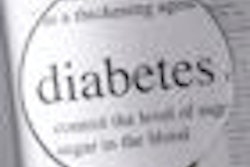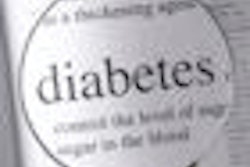Dentists could play a crucial role in frontline healthcare by screening for systemic disease during visits by the 19.5 million Americans who visit their offices annually, according to a new study by New York University (NYU; American Journal of Public Health, December 15, 2011).
Since many patients see their dentists more often than other healthcare providers, dentists may be in the best position to spot chronic illnesses that would otherwise go undetected, the NYU researchers found.
The study, conducted by a nursing-dental research team at NYU, is the first of its kind to determine the proportion of Americans who are seen annually by a dentist but not by a general healthcare provider.
"For these and other individuals, dental professionals are in a key position to assess and detect oral signs and symptoms of systemic health disorders that may otherwise go unnoticed, and to refer patients for follow-up care," Shiela Strauss, PhD, an associate professor of nursing at the NYU College of Nursing, said in a press release.
As trained healthcare providers, dentists and dental hygienists can assess patients' health during routine dental exams by checking blood pressure and using clinical observation and x-rays to detect risk for systemic conditions, such as diabetes, hypertension, and heart disease.
Researchers used data from a subsample of 31,262 adults and children who participated in the U.S. Department of Health and Human Services 2008 annual National Health Interview Survey, a health status study of the U.S. population, which at that time consisted of nearly 304.4 million individuals. Physicians, nurses, nurse practitioners, and physician assistants were included as general healthcare providers.
They found that 26% of children and 24.1% of adults did not visit a general healthcare provider in 2008. However, of these individuals, 34.7% of children and 23.1% of adults visited a dentist in that same time frame, representing nearly 20 million people.
The researchers also found that 93% of the children and 85% of the adults had some form of health insurance, suggesting that many had access to general healthcare but did not seek it.



















